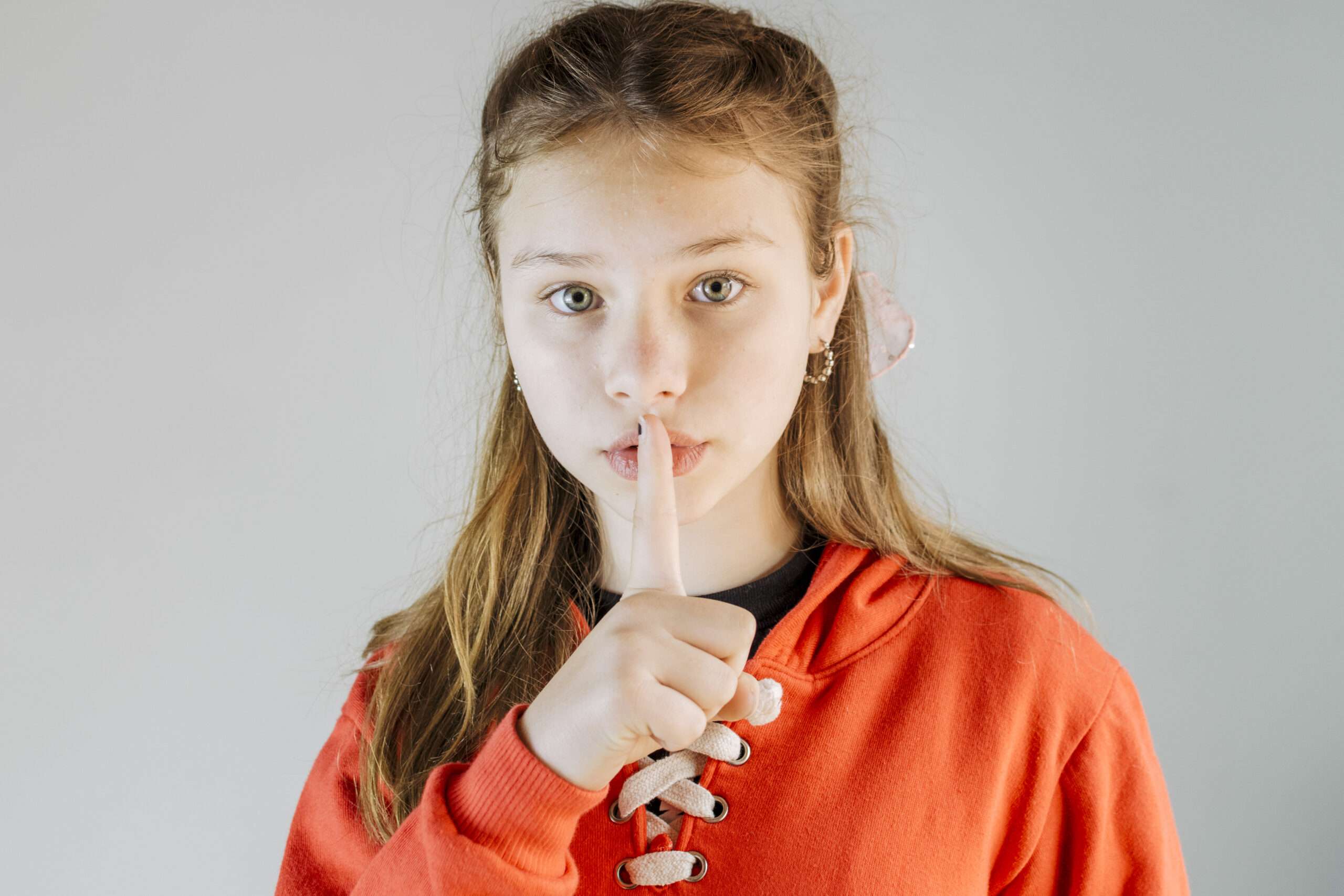Selective Mutism is an anxiety disorder (DSM-5) and is manifested by the inability of children to talk in one or more major social situations, despite an ability to understand and speak. Excessive shyness, social isolation, school refusal and non-compliance may be present.
The most frequently identified etiological factors are traumatic events and/or a family environment that shapes or represses speech. Children with Selective mutism may give the impression of having a language disorder. However, the child usually talks to someone, often the mother, normally.
The clinical case reported here was described in the book “Cognitive Behavioral Play Therapy”, by Susan M. Knell (1993a). An additional description of this case, with transcribed sessions is provided in Knell, 1993b. It describes the treatment of a child, with Selective Mutism, through play sessions structured on a Cognitive-Behavioral Play Therapy model, in association with a behavioral management program. A description of the child’s gradually moving towards talking (whispers, noises, sounds, words) is highlighted. Finally, the results of the follow-up will be reported.
Case description
Chrissy was a 6-year-old Caucasian girl who presented with Selective Mutism. She spoke only with her parents and a few selected peers. She refused to speak to all adults except for two individuals whom she had known for over 1 year: the mother of one of her friends and a college student in the neighborhood.
Assessment with parents
A Child Behavior Checklist (CBCL) (Achenbach and Edelbrock 1983), filled out by Chrissy’s parents at the initial interview, yielded a nonclinical profile. In fact, the only items endorsed as “somewhat or sometimes true” were connected to: acts too young for her age; fears certain animals (dogs) and refuse to talk. Only one item endorsed as “very true” was wets the bed. Even with these endorsed items, the profile was flat, suggesting that according to her parents’ report, Chrissy did not present with any major psychopathology, despite the serious concerns about her mutism.
Assessment with child
Assessment via observation of Chrissy’s play was conducted for the first three sessions. Specific therapeutic interventions were not introduced until the fourth session. After her initial hesitation at the first session, Chrissy engaged readily with the materials in the office. She appeared enthusiastic and interested in drawing and toys. No effort was made to interview her or formally test her in any way. The therapist did not want to communicate to Chrissy that she would be expected to talk. This period of assessment was used to understand Chrissy better through her play, as well as to communicate to her what the therapy experience would be like.
Treatment
Treatments that direct attempts to force the child to speak will typically be ineffective. Most treatments, in fact, are characterized by a gradual and supportive progression from nonverbal to verbal play. The behavioral literature on Selective Mutism supports direct interventions to increase the patient’s verbalizations production. The management of environmental contingencies using positive reinforcement of verbal behavior and extinction of non-verbal behavior has been used in a large number of successful cases. In cases where the child speaks only in certain environments or with certain people, the technique of stimulus fading has been used to gradually change the discriminative stimuli for communication. In this way, over time, the child learns to speak in response to new and different situations or stimuli. The treatment was conducted in 33 sessions, once a week. Cognitive Behavioral Play Therapy (CBPT) was used with the child, in conjunction with work with the parents on behavioral management. Chrissy’s mutism was indirectly treated through two main avenues: the first avenue was the creation of a positive therapeutic environment for the child, where the main focus was not on speaking. The second therapeutic avenue was via treating several puppets for a variety of problems. Thus, although many of the behavioral and cognitive interventions reported in the literature were used, they were employed indirectly through modeling, not directly with the child. The decision to treat Chrissy’s mutism indirectly was based on the therapist’s clinical sense that the child would not respond positively to another adult who tried to “pressure” her to talk. The therapist tried not to respond to Chrissy’s nonverbal behavior by making assumptions about what she was communicating. Even when the child began to make closer and closer approximations to speech, the therapist did not make assumptions about what Chrissy was intending to convey.
Results
Chrissy did not speak to therapist or in her presence for the first three evaluation sessions. Gradually she uttered closer and closer approximations to speaking such as: whispers, noises, sounds or simple expressions and rice. Chrissy began speaking at the twelfth session. Despite talking regularly with therapist after the twelfth session, Chrissy did not speak to any other adults. Between the thirteenth and seventeenth sessions she began talking to her teacher and gradually to other adults.
Follow-up
Follow-up was conducted with the parents 30 months after the end of treatment. At that time Chrissy spoke freely with all the people with whom she had contact and was doing well in school There had been no relapses in speaking.
Conclusions
Assessment of selective mute children presents some unique difficulties because of the lack of direct verbal information provided. Creative use of feeling faces, drawings, and play materials can provide the therapist with a wealth of information. Currently, most behavioral interventions deal directly with the selective mute child’s refusal to speak, reinforcing talking when verbal communication does occur. However, these interventions can be problematic, because the child may feel coerced to speak. Through CBPT, children can address feelings associated with their silence, as well as learn more adaptive ways of dealing with their feelings.



DOWNLOAD OUR FREE E-BOOK OF CBPT
Thank you for signing up! Check your email for download your free E-book and enjoy it. If you don't see an email from info@cbpt.org check the spam!